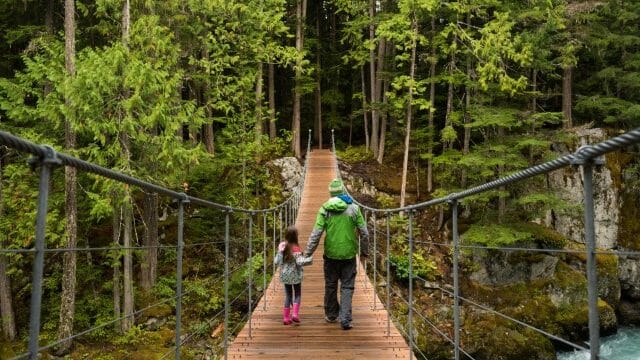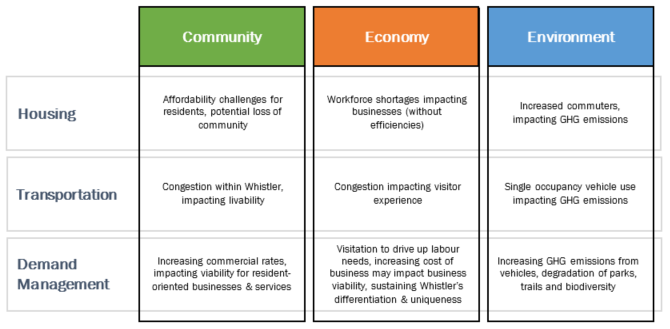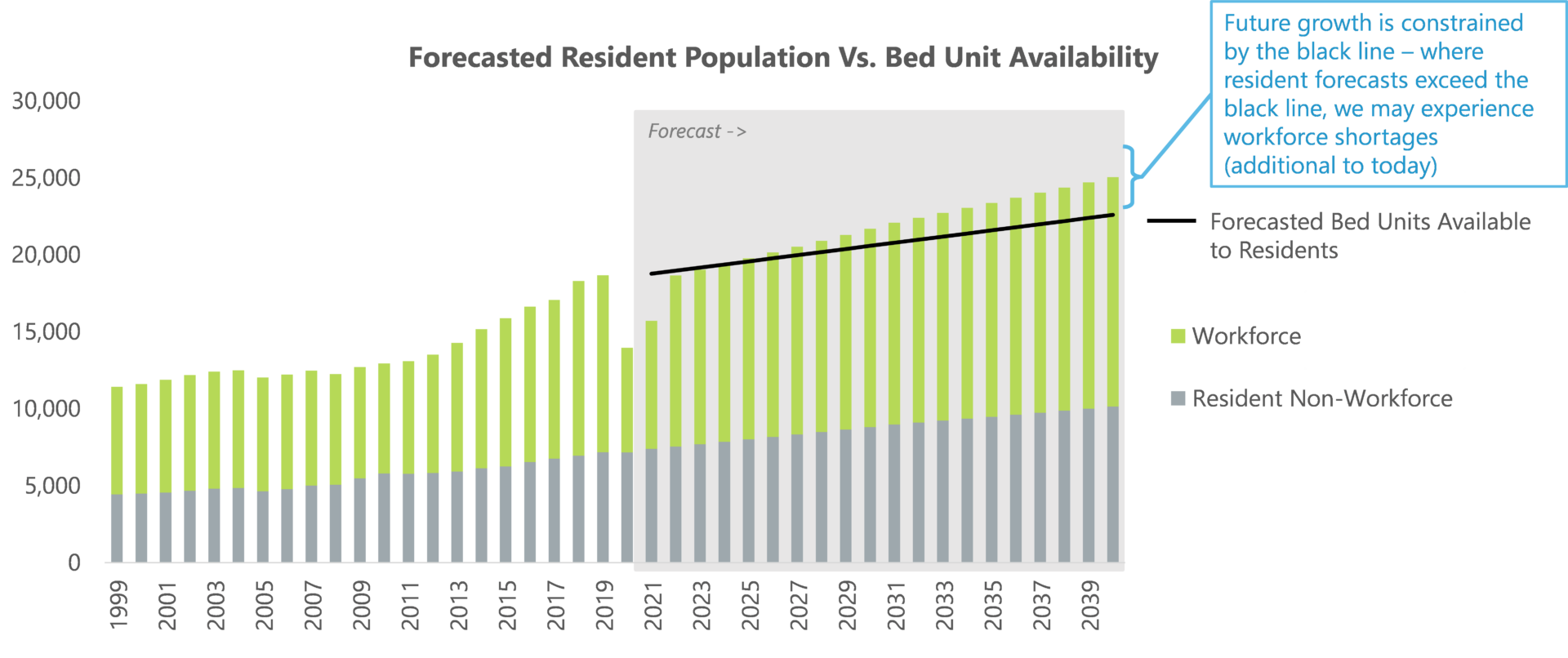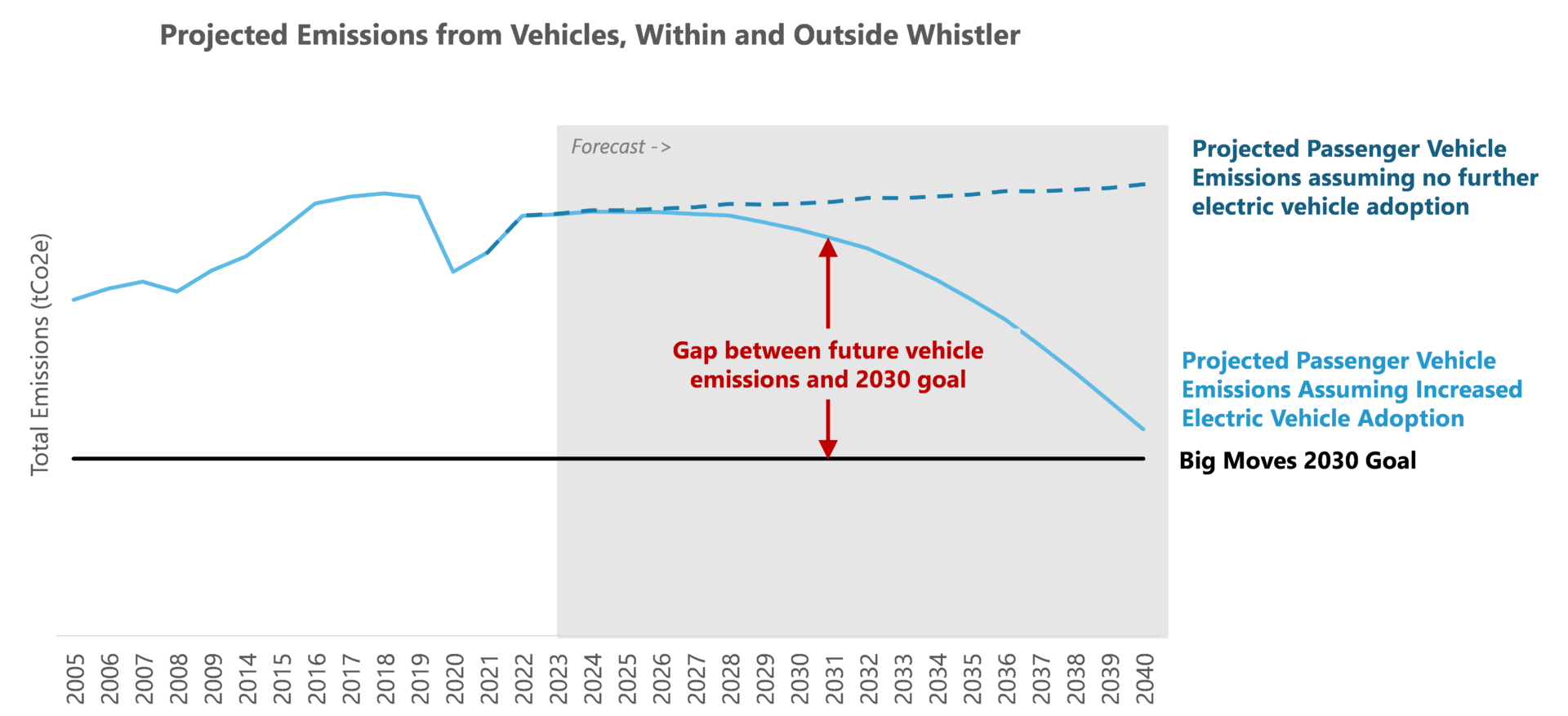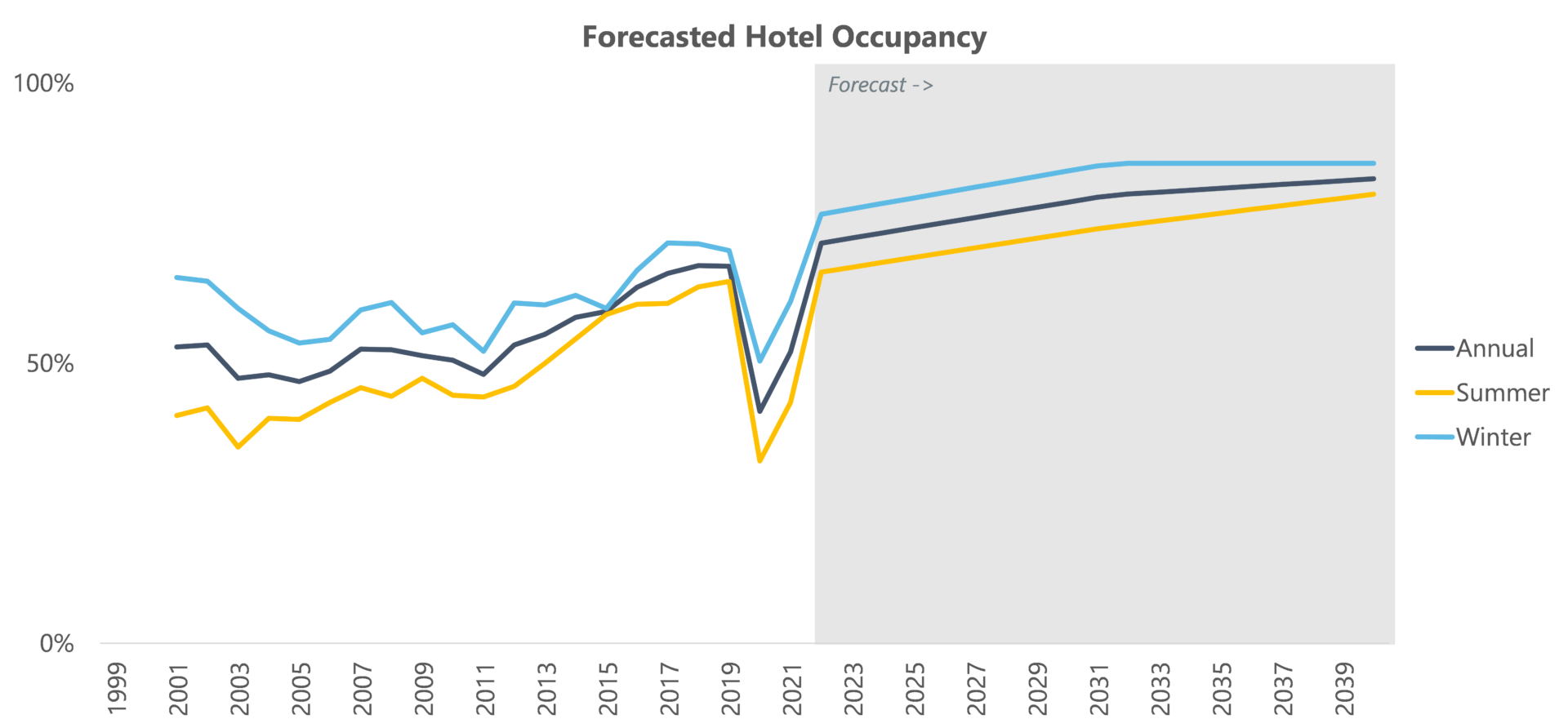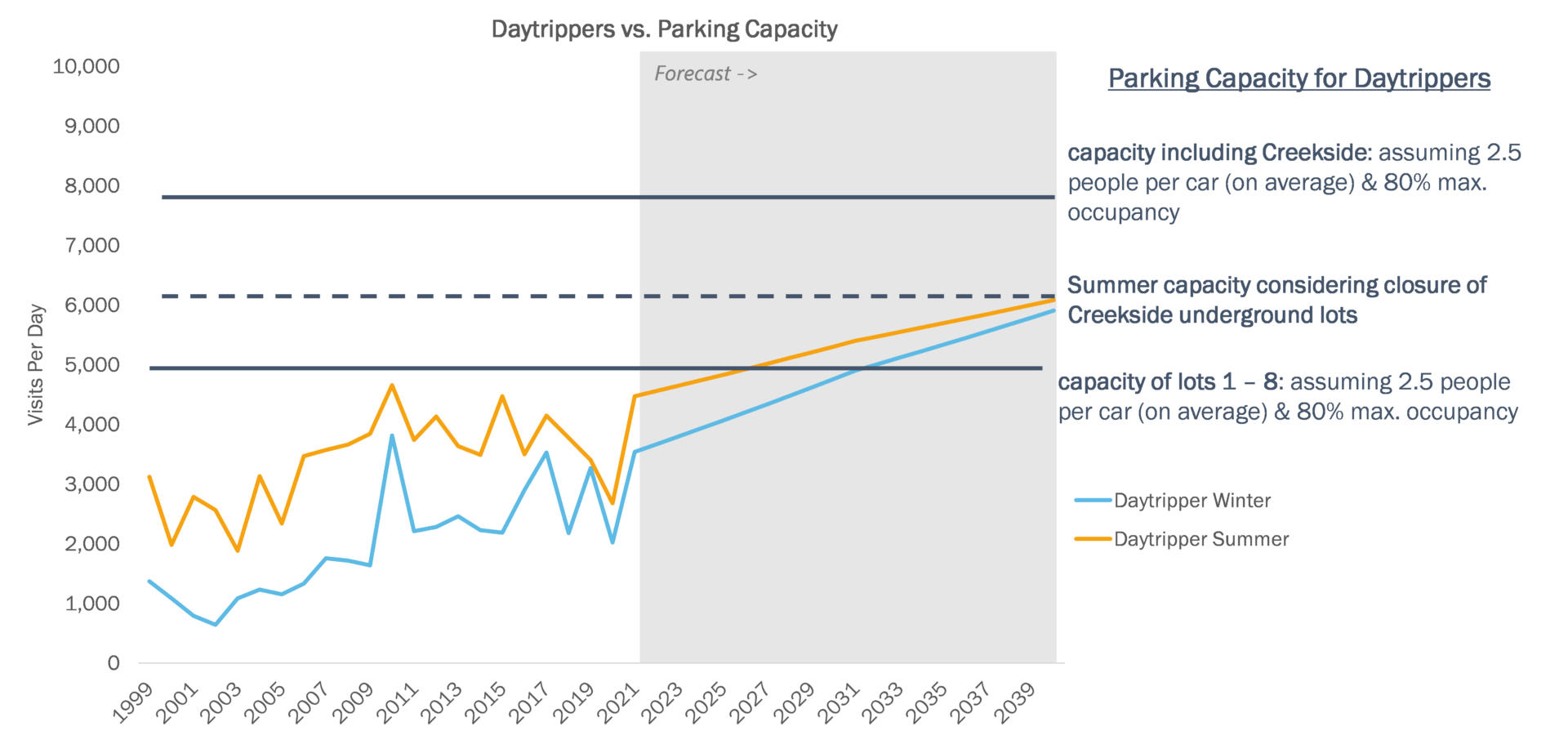Community Planning and the Balance Model initiative
This initiative seeks to understand the changing trends in Whistler’s population – and study the capacity of services and amenities to support that population. The intent is to consider the implications of growth in the context of progress towards the achievement of Whistler’s vision – such that implications for social, environmental and economic performance are all considered.
Based on historical analysis of relationships between population changes and community performance over the past 20 years, a model is being developed to project and test a range of scenarios that may occur over the next 20 years. This will enable the municipality and stakeholders to consider the implications of shifting trends in population, and establish strategies and actions to work towards achieving goals for and with the community.
The Balance Model is comprehensive in that all population segments are considered, from permanent residents to temporary residents, both owners and renters, resort workforce and non-workforce, as well as visitors – regional and destination and both overnight and day.
This initiative is being progressed with input from the Strategic Planning Committee, a standing Committee of Council that was initiated in 2019 to act in an advisory capacity to support Council in its decision-making related to community and land use planning and growth management.
